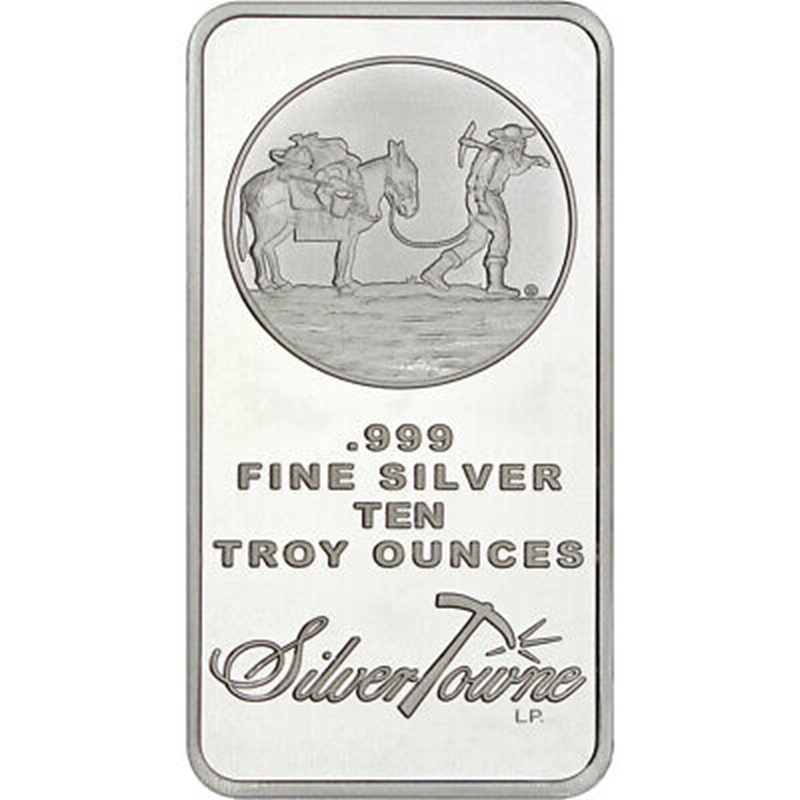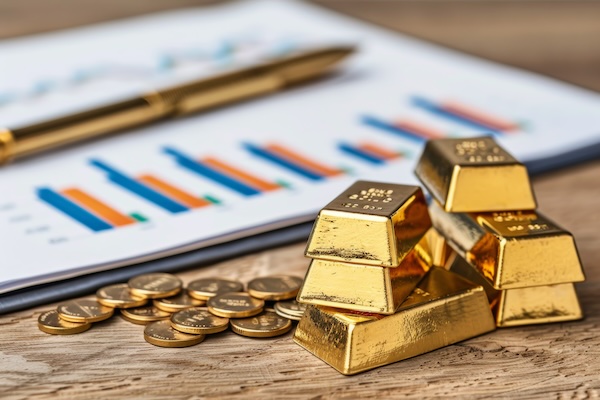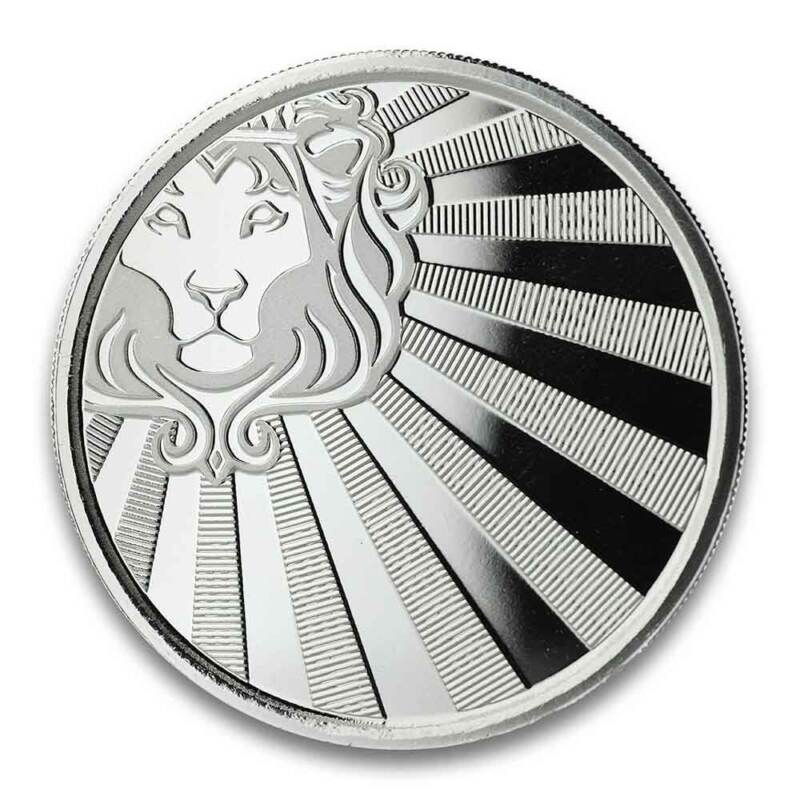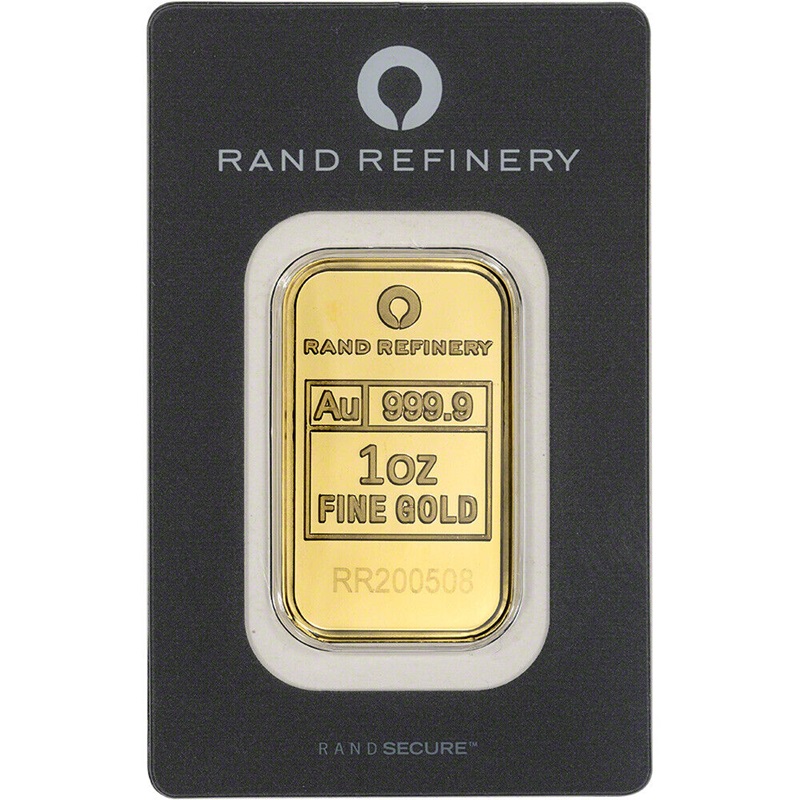
Recycling plays a significant role in the gold market, influencing the overall supply and contributing to the sustainability of gold resources. Here’s an in-depth look at how recycling impacts the gold supply:
Contribution to Supply
- Significant Portion of Supply:
- World Gold Council Data: According to the World Gold Council, recycled gold accounted for approximately 28% of the total global gold supply in 2020. This indicates that a substantial amount of gold re-enters the market through recycling processes, supplementing the supply from mining.
- Sustainable Gold Supply: The availability of recycled gold helps to stabilize the market, particularly during times when mining output might be low or when there are disruptions in mining activities .
- Source of Recycled Gold:
- Jewelry: A large portion of recycled gold comes from old jewelry, which is melted down and refined to be reused in new products.
- Electronics: Electronic waste (e-waste) is another significant source, as devices like mobile phones, computers, and other electronics contain small amounts of gold that can be extracted and recycled.
- Other Sources: Industrial applications and dental work also contribute to the recycled gold supply.
Economic and Environmental Benefits
- Cost Efficiency:
- Lower Costs: Recycling gold is generally less expensive than mining new gold. The process of extracting gold from recycled materials requires less energy and fewer resources compared to mining operations.
- Price Stabilization: By adding to the overall gold supply, recycling can help mitigate price volatility, providing a more stable market environment.
- Environmental Impact:
- Reduced Environmental Footprint: Recycling gold is more environmentally friendly than traditional mining. It reduces the need for new mining activities, which are associated with significant environmental degradation, including deforestation, soil erosion, and water pollution.
- Energy Conservation: The recycling process consumes less energy compared to the energy-intensive processes involved in mining and refining new gold.
Market Dynamics
- Responsive Supply:
- Market Conditions: The amount of gold recycled each year can fluctuate based on market conditions. When gold prices rise, more individuals and businesses are incentivized to sell their old gold, increasing the recycled supply.
- Economic Uncertainty: During economic downturns or periods of high gold prices, the supply of recycled gold tends to increase as people liquidate their assets to access cash.
- Influence on Gold Prices:
- Supply and Demand Balance: The recycling of gold helps balance supply and demand in the market. By adding to the supply, recycled gold can help prevent shortages and potentially lower prices during periods of high demand.
- Investment Decisions: Investors might consider the availability of recycled gold when making decisions, as it impacts the overall market supply and can influence long-term price trends.
Conclusion
Recycling significantly impacts the gold supply by providing a substantial portion of the total gold available in the market. It offers economic advantages, such as cost efficiency and price stabilization, and environmental benefits by reducing the need for new mining activities. The supply of recycled gold is responsive to market conditions, helping to balance supply and demand and influencing gold prices.



